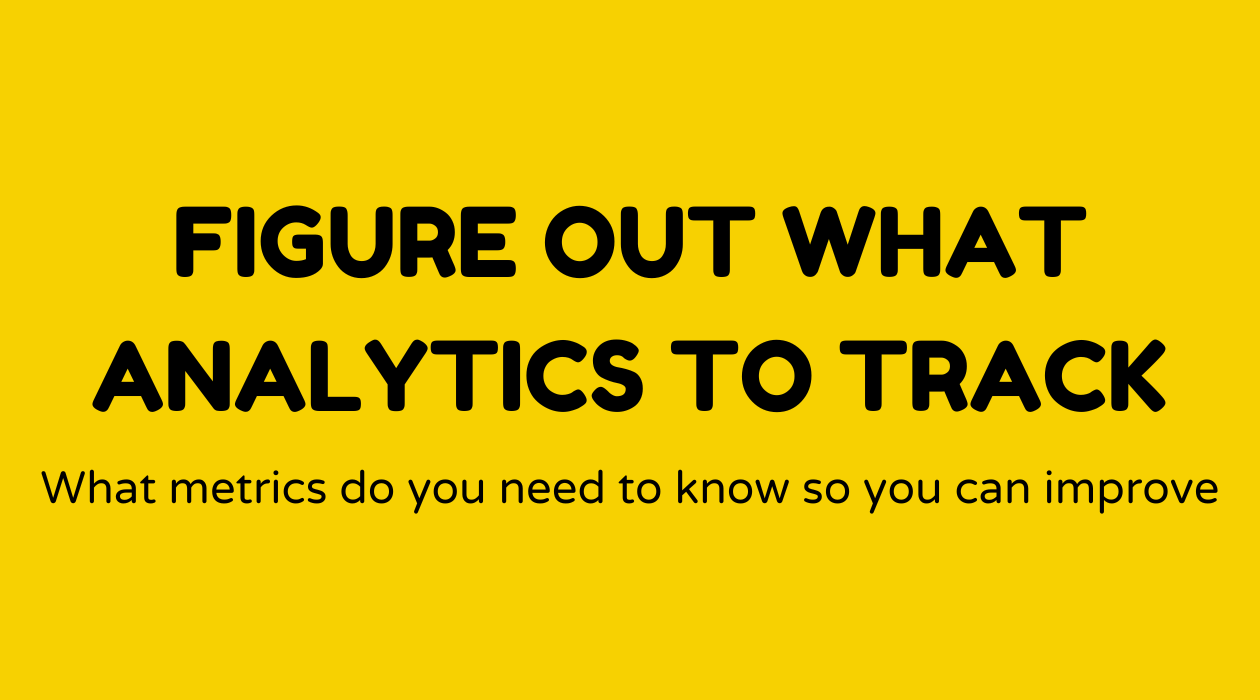Figure out metrics / analytics to track

Overview of Metrics and Analytics to Track:
In today’s data-focused environment, having a solid understanding of metrics and analytics is essential for any business looking to succeed. Whether you’re operating a startup or managing an established company, knowing the right metrics to monitor can lead to better outcomes. These metrics serve as the pulse of your business, delivering insights that facilitate informed decisions.
Why Metrics and Analytics Matter:
Monitoring the appropriate metrics acts like a compass directing your business. They reveal what's effective, what requires improvement, and where opportunities exist. Without these indicators, you’re essentially operating without guidance. In the business landscape, comprehending metrics can enhance your efficiency, improve profitability, and provide a competitive advantage. They are vital for marketers, financial analysts, product developers, and management teams alike.
What Are Metrics and Analytics:
Metrics are quantifiable measures utilized to assess performance or progress. Analytics, conversely, refers to the process of examining metrics to extract meaningful insights. While metrics present numerical data, analytics interprets those numbers to provide a narrative. This combination aids businesses in forecasting trends, optimizing processes, and developing targeted strategies.
How to Track Metrics and Analytics:
Effectively tracking metrics involves several essential steps:
- Define Objectives: What do you wish to accomplish? Clear objectives determine which metrics to observe.
- Select Appropriate Tools: Solutions like Google Analytics, Mixpanel, or Tableau can assist in collecting and interpreting data.
- Consistently Monitor and Analyze: Establish a timeline for reviewing metrics. Regular tracking allows for timely modifications.
- Interpret Data: Examine patterns and anomalies to extract actionable insights.
Here’s a straightforward table format that businesses might find beneficial:
| Metric | Purpose | Tool |
|---|---|---|
| Revenue | Assess income health | QuickBooks, Xero |
| Traffic | Measure website visitors | Google Analytics |
| Conversion | Evaluate sales funnel success | HubSpot, Marketo |
| Engagement | Assess user interaction | Hootsuite, Buffer |
Examples of Metrics and Analytics:
Let’s review a variety of practical examples:
-
Website Traffic Metrics:
- Unique Visitors
- Page Views
- Bounce Rate
-
Financial Metrics:
- Revenue
- Profit Margin
- Customer Acquisition Cost (CAC)
-
Operational Metrics:
- Inventory Turnover
- Order Fulfillment Rate
- Production Downtime
By identifying and monitoring these metrics, businesses can effectively track progress and adjust strategies as needed.
FAQs:
What are key performance indicators (KPIs)?
KPIs are specific metrics linked to objectives. They are utilized to assess success in achieving targets.
How often should you review metrics?
Regular evaluations, such as weekly or monthly, are advisable to remain aligned with business objectives.
Can metrics differ between industries?
Certainly! Each industry has distinct metrics. For example, e-commerce focuses on cart abandonment, while SaaS may emphasize churn rate.
What’s the difference between qualitative and quantitative metrics?
Quantitative metrics involve numbers (e.g., sales), whereas qualitative metrics encompass non-measurable factors (e.g., customer feedback).
Why is tracking customer behavior metrics important?
Understanding customer behavior enables enhanced personalization and improved customer experience.
Are technical skills necessary to analyze metrics?
While having some expertise can be beneficial, there are user-friendly tools and dashboards that make analysis accessible to everyone.



